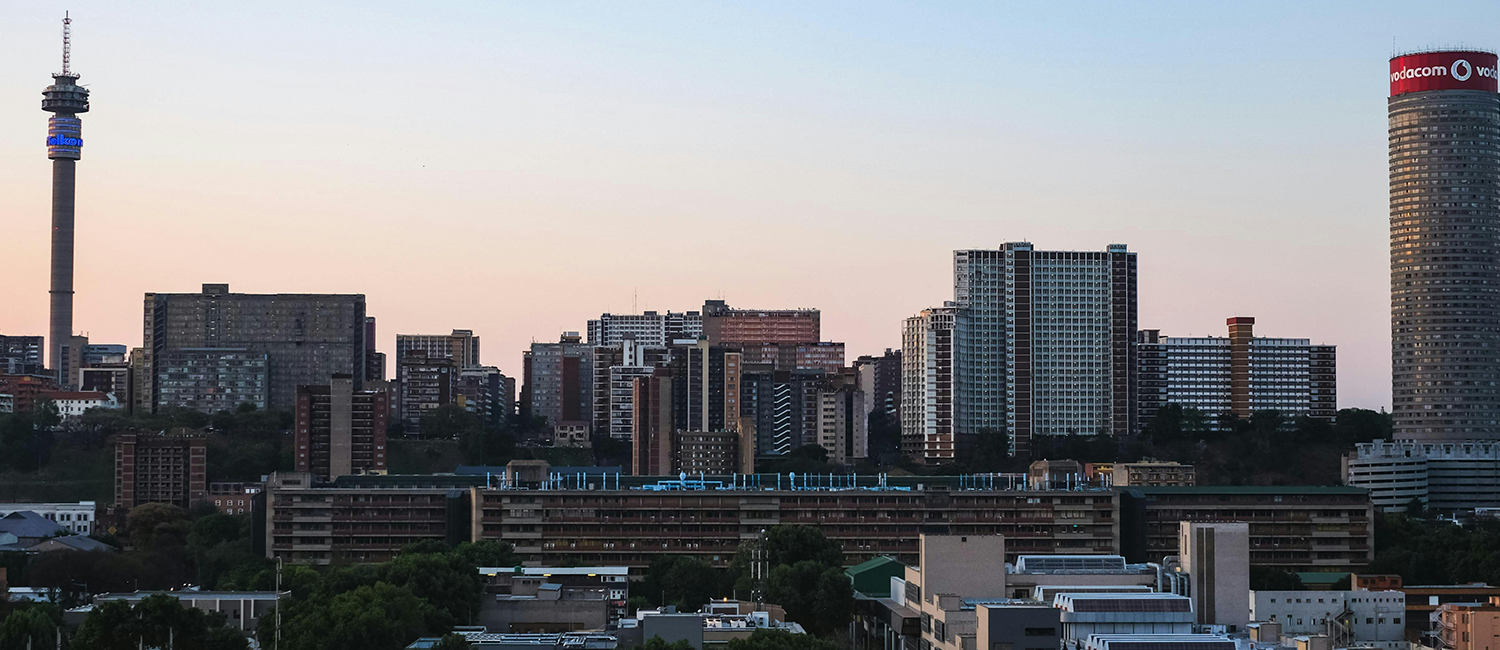The construction of a new, multi-million rand extension of the Market Theatre complex was prompted by a surge in large-scale developments in inner city Newtown. Rudo Mungoshi reports.
The new development, seen here from its south-east sideThe new development, seen here from its south-east side, was prompted by a surge in construction and development activity in Newtown.Exciting times lie ahead for Newtown, with both the private and the public sector, following the City of Joburg’s inner city regeneration lead, embarking on a number of large-scale residential and commercial developments in the area.
Among the latest developments is the construction of a new, multi-million rand arts and theatre centre that will extend the existing Market Theatre complex while providing a new home for the Market Theatre Foundation.
The Foundation is an agency of the national Department of Arts and Culture, which is funding the development.
Occupying an entire block on the eastern side of Mary Fitzgerald Square, “The Market” will be a three-storey building housing additional facilities for the Market Theatre, including a new 150-seat theatre, rehearsal rooms, training room, gallery space and library.
The Foundation will relocate its administration office, along with its drama and photography schools, the Market Theatre Laboratory and Market Photo Workshop, to the new hub, which will give a new boost to the vibrancy of Joburg’s oldest cultural precinct.
STRENGTHENING THE CITY’S CREATIVE ECONOMY
Christine McDonaldChristine McDonald, chief financial officer at the Market Theatre FoundationChristine McDonald, chief financial officer at the Market Theatre Foundation, says The Market will “strengthen the city’s creative economy and showcase the thriving local performing arts scene”.
McDonald reports good progress on construction of the hub, which is expected to be complete in December.
She said the ambitious developments and redevelopments currently taking place in the Newtown had prompted the Foundation to acquire a space of its own. “We realised that we would be pushed out of town if we did not act quickly and find a permanent space in the city”.
The Market will occupy the city block bounded by Bree Street on the north, Miriam Makeba Street on the east, Jeppe Street on the south and Margaret Mcingana Street on the west.
When ground was broken on the project, costs were estimated at R55-million. Today they have risen to R75-million, according to McDonald.
“This could be a catalyst for the real transformation of the city,” she said.
PRESERVING HERITAGE BUILDINGS
The new theatre and arts centre is being built on the site of some early Johannesburg buildings, including Schlom’s Eating House and the Graffiti Building, which the Foundation has taken special care to preserve in the construction process.
Schlom’s Eating House, which dates back to 1914, was a place where black and white people dined together in the days when it was illegal for a restaurant to serve people of different races. And the Graffiti Building – so called because its walls were used as canvases over the years by some of the city’s most talented street artists – was built a few years after Schlom’s, and was at one time a grain warehouse.
Construction of The Market follows renovations to the Market Theatre’s Main Theatre, which was renamed The John Kani theatre, in honour of renowned actor and long-time associate of the Market Theatre, John Kani.
The refurbished theatre boast plush new seats that offer more leg-room, while its capacity has increased from 380 to 450.
The building is a protected heritage site, and the renovators took care to maintain the integrity of the building – even to the point of putting the original signboards used by early Johannesburg market traders back on display.
The Market Theatre, founded in 1976 by Mannie Manim and Barney Simon in the shell of the old Indian Fruit Market, is famous for its long-standing challenge to apartheid, founded on the conviction that art and culture have the power to change society.

